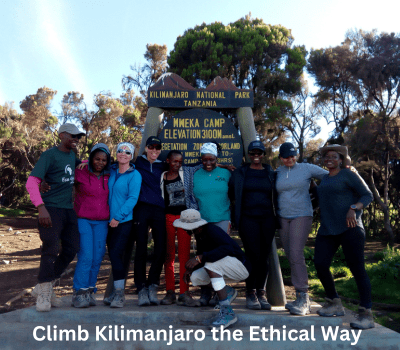What Is the Success Rate for Climbers Without Prior Mountaineering Experience?
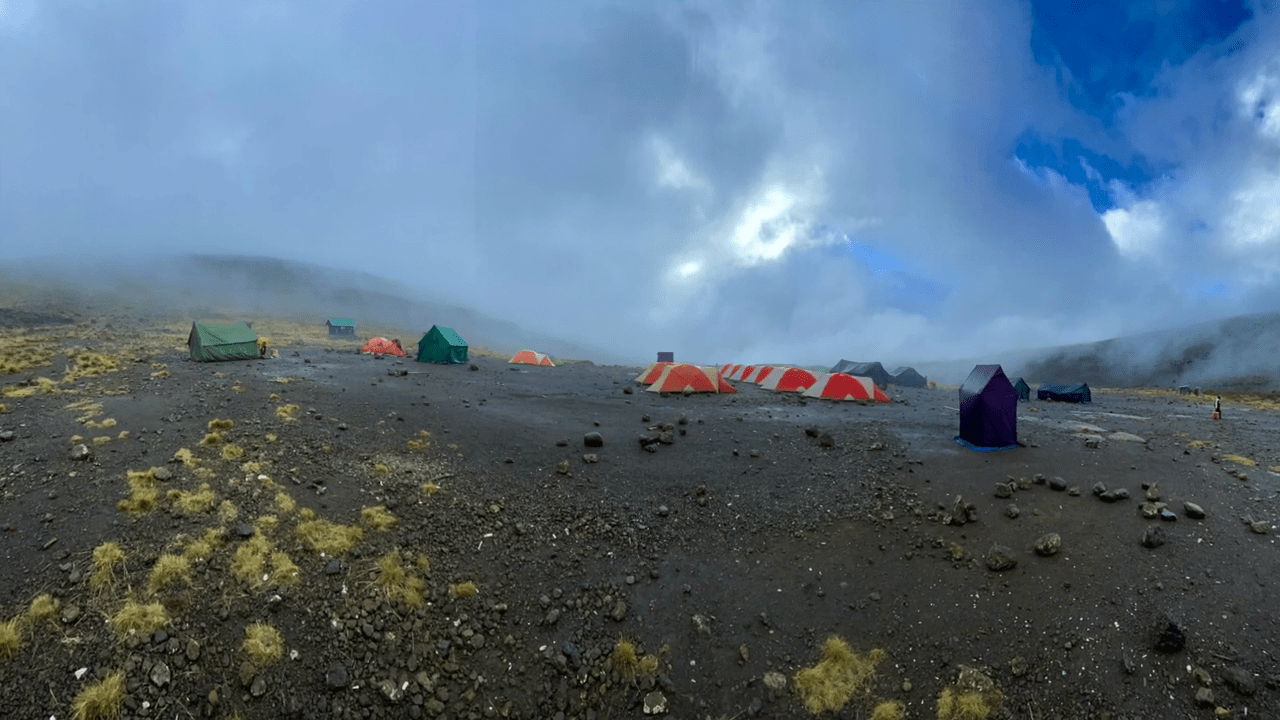
Introduction: Can First-Timers Really Summit Kilimanjaro?
It’s one of the most common questions asked by aspiring adventurers: “Can I summit Kilimanjaro even if I’ve never climbed a mountain before?” The answer is a resounding yes. In fact, the majority of climbers who reach Uhuru Peak have little or no prior mountaineering experience.
Unlike technical peaks that require rope work or climbing skills, Mount Kilimanjaro is a trekking mountain. That means it’s walkable—with the right physical and mental preparation. This article explores the actual success rate of climbers without experience, the factors that influence outcomes, and how first-timers can dramatically increase their odds of reaching the summit.
Understanding Kilimanjaro’s Unique Climbing Profile
Mount Kilimanjaro stands at 5,895 meters (19,341 feet), making it the tallest free-standing mountain in the world. But unlike the Himalayas or Andes, Kilimanjaro doesn’t require mountaineering expertise. The ascent is classified as a high-altitude trek—no ropes, no crampons, no vertical ice.
However, don’t mistake the lack of technical skills for ease. The real challenge lies in:
- Altitude gain: The ascent happens quickly, often with little acclimatization time.
- Long hiking hours: Days range from 5 to 8 hours of walking; summit night can exceed 12 hours.
- Changing climates: Climbers pass through rainforest, alpine desert, and arctic zones.
All these elements make Kilimanjaro both accessible and demanding—ideal for motivated beginners with good preparation and the right support team.
How Beginners Fare: Statistics on Success Rates
So, how well do first-time climbers actually perform? Here’s what the data shows:
- Overall summit success: The average success rate for all climbers is between 65–70%.
- With no prior experience: Success drops slightly to around 60%, depending on fitness, route, and operator.
- Longer routes: Routes like the 8-Day Lemosho or 9-Day Northern Circuit raise success rates above 90%, even for beginners.
- Shorter routes: Routes like the 5-day Marangu have lower success rates—often below 40%—due to rapid altitude gain.
Clearly, prior mountaineering experience is not the most important predictor of success—route choice, physical readiness, and acclimatization matter more.
Factors That Boost Success for Inexperienced Climbers
First-time trekkers can achieve high success rates by focusing on the right elements:
- Route Selection: Longer itineraries with gradual ascents allow for better acclimatization.
- Operator Experience: Climbing with a certified, experienced team like Eco-Africa Climbing dramatically increases safety and confidence.
- Training: Regular walking, hiking, or cardio conditioning for 8–12 weeks prior to the climb prepares your body.
- Mental Preparation: Resilience, motivation, and positive mindset are just as important as physical fitness.
- Gear Readiness: Using appropriate Kilimanjaro gear ensures comfort and safety in changing weather.
By addressing these factors, even complete beginners can outpace more experienced but unprepared climbers.
Common Reasons Beginners Fail to Summit
Understanding what goes wrong can help first-timers avoid pitfalls. Common causes of failure include:
- Inadequate acclimatization: Choosing short routes or ascending too fast.
- Poor fitness: Underestimating the physical challenge of walking 6–9 hours daily at altitude.
- Altitude sickness: Ignoring symptoms or lacking proper medical oversight.
- Improper gear: Using low-quality boots, clothes, or sleeping gear that can’t handle the cold.
- Low morale: Losing mental focus and drive, especially on summit night.
With preparation and the right guidance, all these risks can be mitigated—leading to a rewarding and successful trek.
Choosing the Right Route: Maximizing Success for First-Time Climbers
Selecting an appropriate route is crucial for climbers without prior mountaineering experience aiming to summit Mount Kilimanjaro. The choice of route significantly influences acclimatization opportunities, physical demands, and overall success rates.
Among the various routes, the Lemosho Route and the Northern Circuit are highly recommended for beginners. The Lemosho Route, typically completed over 8 days, offers a gradual ascent profile, allowing ample time for acclimatization. This route boasts a success rate of approximately 85% .
The Northern Circuit, the longest route spanning 9 days, provides the most comprehensive acclimatization period. Its extended duration and less crowded paths contribute to its impressive success rate of over 95% .
In contrast, shorter routes like the 5-day Marangu Route have lower success rates, around 27%, primarily due to insufficient acclimatization time. Therefore, first-time climbers are advised to opt for longer routes to enhance their chances of a successful summit.
Understanding Acclimatization: Key to Summit Success
Acclimatization is the process by which the body adjusts to lower oxygen levels at higher altitudes. Proper acclimatization is vital for preventing altitude sickness, a common reason climbers fail to reach the summit.
Longer routes inherently offer better acclimatization opportunities. For instance, the 8-day Lemosho Route and the 9-day Northern Circuit allow climbers to ascend gradually, giving the body sufficient time to adapt. This gradual ascent significantly reduces the risk of altitude-related illnesses and increases the likelihood of a successful summit.
Incorporating rest days and following the “climb high, sleep low” principle, where climbers ascend to higher altitudes during the day and descend to sleep at lower elevations, further aids in acclimatization. Adhering to these strategies is essential for first-time climbers to safely and successfully reach Uhuru Peak.
The Role of Guides and Support Staff in Ensuring Success
For climbers without prior mountaineering experience, the expertise of guides and support staff is invaluable. Certified guides are trained to monitor climbers’ health, manage emergencies, and provide motivation throughout the trek.
Support staff, including porters and cooks, handle logistics such as carrying equipment and preparing meals, allowing climbers to focus on the ascent. Their assistance reduces physical strain and contributes to a more comfortable experience.
Moreover, experienced guides can adjust the pace of the climb based on the group’s condition, ensuring a steady and safe ascent. Their knowledge of the mountain’s terrain and weather patterns is crucial for making informed decisions during the expedition.
Engaging a reputable tour operator that employs qualified guides and support staff is a critical factor in increasing the success rate for novice climbers.
Preparing Physically and Mentally: Essential Steps for Beginners
While prior mountaineering experience is not required, physical and mental preparation is essential for a successful Kilimanjaro climb. Training should begin several months before the expedition, focusing on cardiovascular fitness, strength, and endurance.
Recommended activities include hiking, jogging, cycling, and stair climbing. These exercises improve stamina and simulate the physical demands of the trek. Additionally, practicing hikes with a loaded backpack can help the body adapt to carrying gear over long distances.
Mental preparation involves setting realistic expectations and developing resilience. Climbers should be prepared for challenging conditions, including cold temperatures, fatigue, and altitude-related discomfort. Maintaining a positive mindset and determination can significantly influence the outcome of the climb.
Combining physical training with mental fortitude equips first-time climbers with the tools necessary to tackle the ascent and increases the probability of reaching the summit.
Success Rates by Route: What the Numbers Say
Understanding the success rates of various routes on Mount Kilimanjaro is crucial for climbers, especially those without prior mountaineering experience. Here’s a breakdown of success rates by route:
- Marangu Route: Known as the “Coca-Cola” route, it offers hut accommodations. The 5-day itinerary has a success rate of approximately 27%, while the 6-day itinerary improves to around 44%.
- Machame Route: Popular for its scenic beauty. The 6-day itinerary has a success rate of about 44%, increasing to 64% for the 7-day version.
- Lemosho Route: Offers a gradual ascent and is less crowded. The 7-day itinerary has a success rate of approximately 64%, while the 8-day version boasts up to 85% success.
- Northern Circuit: The longest route, providing excellent acclimatization. It has an impressive success rate of over 95%.
These statistics highlight the importance of route selection and duration in increasing summit success rates, particularly for beginners.
Acclimatization: The Key to Summit Success
Acclimatization is the process by which the body adjusts to lower oxygen levels at higher altitudes. Proper acclimatization is vital for preventing altitude sickness, a common reason climbers fail to reach the summit.
Longer routes inherently offer better acclimatization opportunities. For instance, the 8-day Lemosho Route and the 9-day Northern Circuit allow climbers to ascend gradually, giving the body sufficient time to adapt. This gradual ascent significantly reduces the risk of altitude-related illnesses and increases the likelihood of a successful summit.
Incorporating rest days and following the “climb high, sleep low” principle, where climbers ascend to higher altitudes during the day and descend to sleep at lower elevations, further aids in acclimatization. Adhering to these strategies is essential for first-time climbers to safely and successfully reach Uhuru Peak.
The Role of Guides and Support Staff in Ensuring Success
For climbers without prior mountaineering experience, the expertise of guides and support staff is invaluable. Certified guides are trained to monitor climbers’ health, manage emergencies, and provide motivation throughout the trek.
Support staff, including porters and cooks, handle logistics such as carrying equipment and preparing meals, allowing climbers to focus on the ascent. Their assistance reduces physical strain and contributes to a more comfortable experience.
Moreover, experienced guides can adjust the pace of the climb based on the group’s condition, ensuring a steady and safe ascent. Their knowledge of the mountain’s terrain and weather patterns is crucial for making informed decisions during the expedition.
Engaging a reputable tour operator that employs qualified guides and support staff is a critical factor in increasing the success rate for novice climbers.
Preparing Physically and Mentally: Essential Steps for Beginners
While prior mountaineering experience is not required, physical and mental preparation is essential for a successful Kilimanjaro climb. Training should begin several months before the expedition, focusing on cardiovascular fitness, strength, and endurance.
Recommended activities include hiking, jogging, cycling, and stair climbing. These exercises improve stamina and simulate the physical demands of the trek. Additionally, practicing hikes with a loaded backpack can help the body adapt to carrying gear over long distances.
Mental preparation involves setting realistic expectations and developing resilience. Climbers should be prepared for challenging conditions, including cold temperatures, fatigue, and altitude-related discomfort. Maintaining a positive mindset and determination can significantly influence the outcome of the climb.
Combining physical training with mental fortitude equips first-time climbers with the tools necessary to tackle the ascent and increases the probability of reaching the summit.
Conclusion: You Don’t Need Experience, Just Preparation
The beauty of Mount Kilimanjaro lies in its accessibility. It’s one of the few world-famous peaks that welcomes first-timers with open arms. While having no mountaineering background may seem like a disadvantage, the truth is that preparation, patience, and the right guidance matter far more than previous experience.
By choosing the right route—like the 8-day Lemosho or 9-day Northern Circuit—and climbing with a trusted operator like Eco-Africa Climbing, even first-timers have an excellent chance of success.
It’s not your experience that will get you to Uhuru Peak—it’s your commitment to the journey.
Frequently Asked Questions (FAQs)
Do most people who summit Kilimanjaro have climbing experience?
No. In fact, the majority of successful climbers have never done any mountaineering before Kilimanjaro.
What’s the biggest reason beginners fail?
Altitude sickness is the most common reason. Choosing a longer route and allowing time for acclimatization helps prevent it.
Can I succeed if I’ve never been on a hike before?
Yes, but it’s essential to train before your trip. Start walking long distances and build stamina weeks in advance.
What is the best route for a first-timer?
The 8 Days Lemosho and 9 Days Northern Circuit are ideal for beginners thanks to their high success rates and gradual ascents.
Will guides help me reach the summit if I’m struggling?
Yes, experienced guides with Eco-Africa Climbing monitor your health daily, adjust pacing, and motivate you throughout the trek.
Climb Kilimanjaro with Confidence—Even as a Beginner
Are you ready to take the leap with zero climbing experience? Let Eco-Africa Climbing guide you to the top. Our team of professional guides, porters, and chefs delivers 7-star mountain service for all levels—especially first-time trekkers.
Join a small group or plan a private expedition today and turn your dream into reality—with zero experience and 100% commitment.
Share:
Related Posts
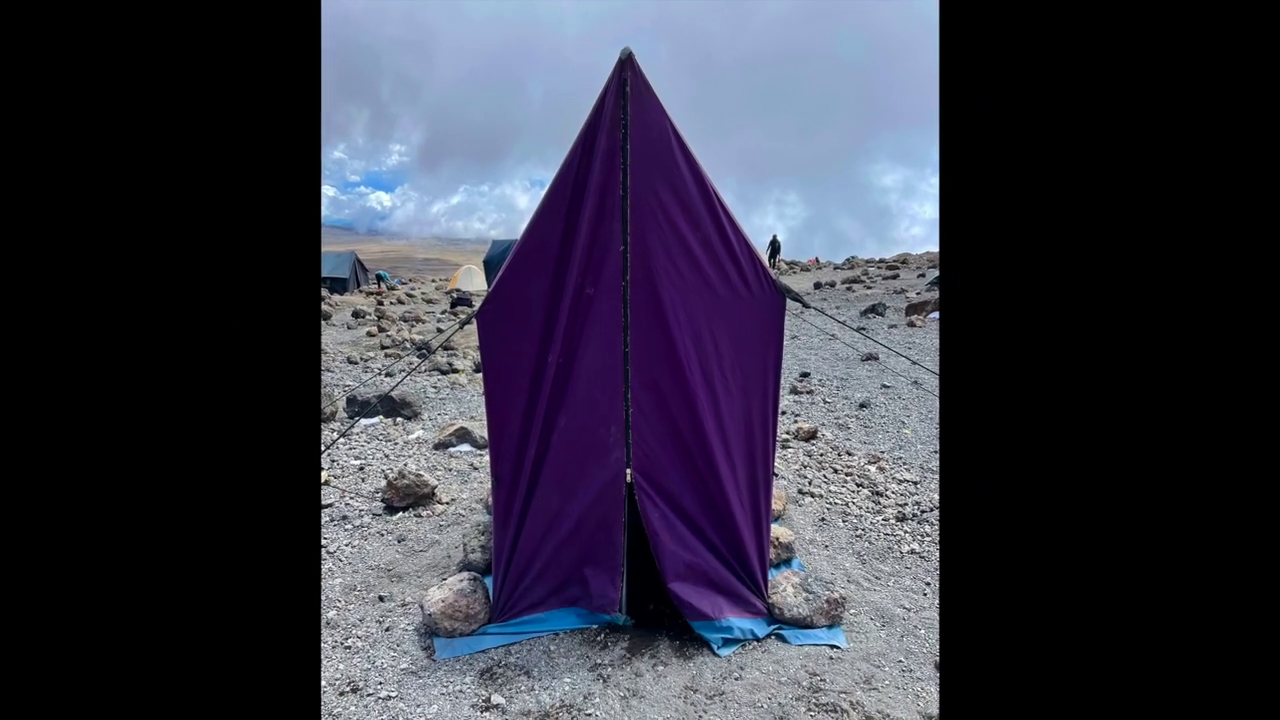
bathroom on mountain kilimanjaro
Bathroom on Mountain Kilimanjaro: What to Expect and How to Prepare Introduction One of the most common — and least discussed — questions from people
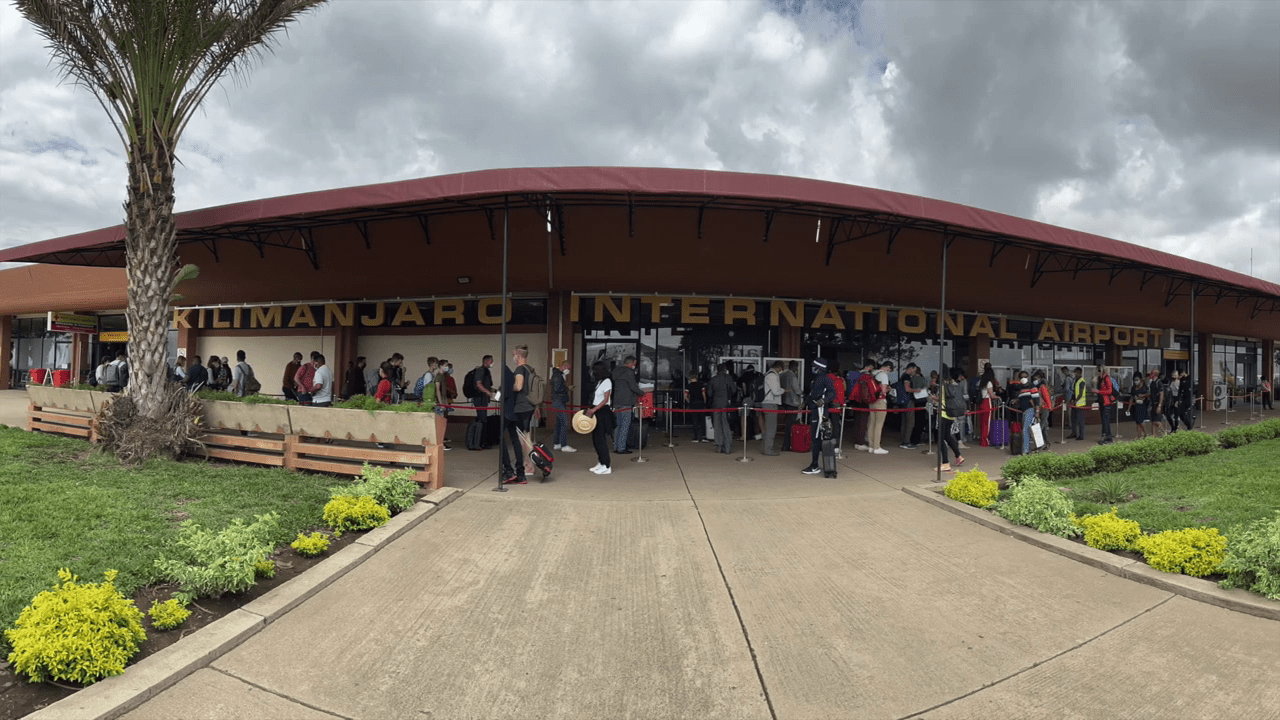
Are Guides Readily Available in Tanzania Without Prior Booking?
Are Guides Readily Available in Tanzania Without Prior Booking? Introduction: Should You Risk Climbing Without Pre-Booking? Climbing Mount Kilimanjaro is a dream for many adventurers.
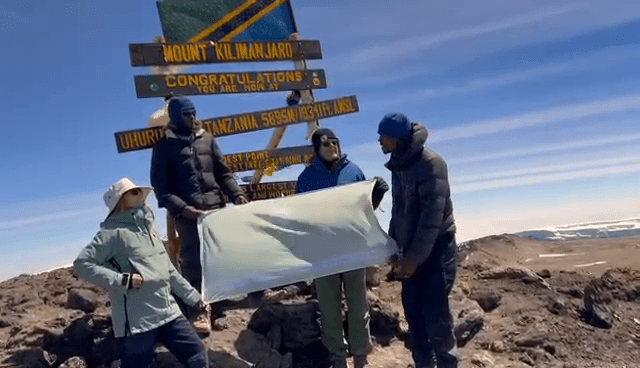
How Can I Find a Reliable Local Guide for My Kilimanjaro Expedition?
How Can I Find a Reliable Local Guide for My Kilimanjaro Expedition? Introduction: Why the Right Guide Is Key to Kilimanjaro Success Climbing Mount Kilimanjaro
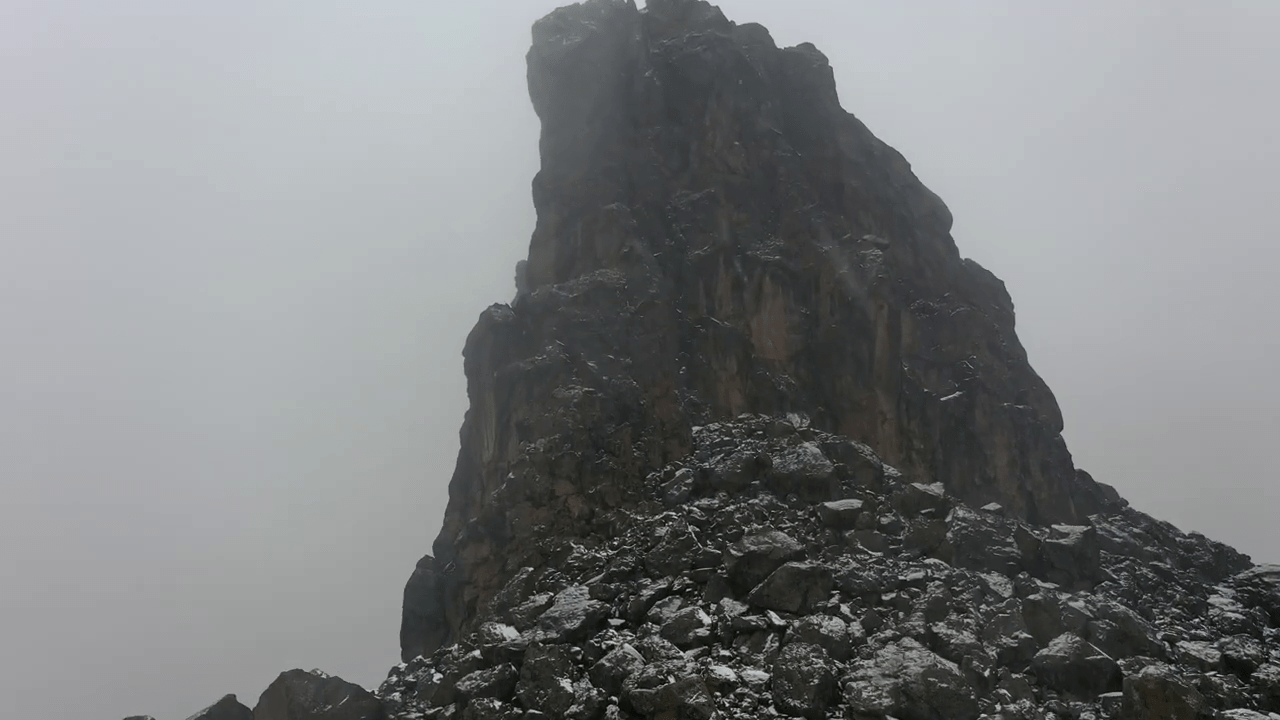
Is Climbing Kilimanjaro Dangerous for Individuals Without Mountaineering Experience?
Is Climbing Kilimanjaro Dangerous for Individuals Without Mountaineering Experience? Introduction: The Myth of Danger and Experience Many aspiring adventurers wonder if climbing Mount Kilimanjaro is
